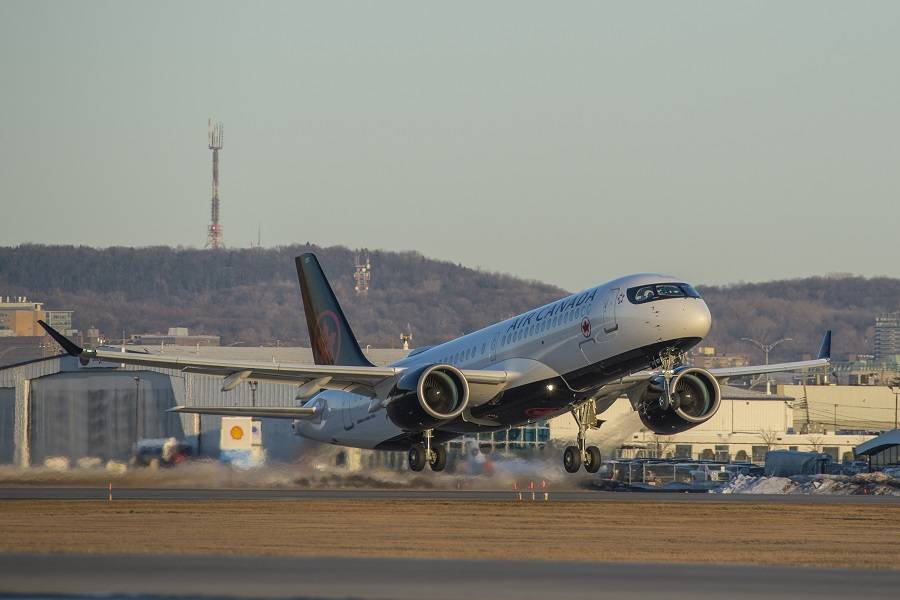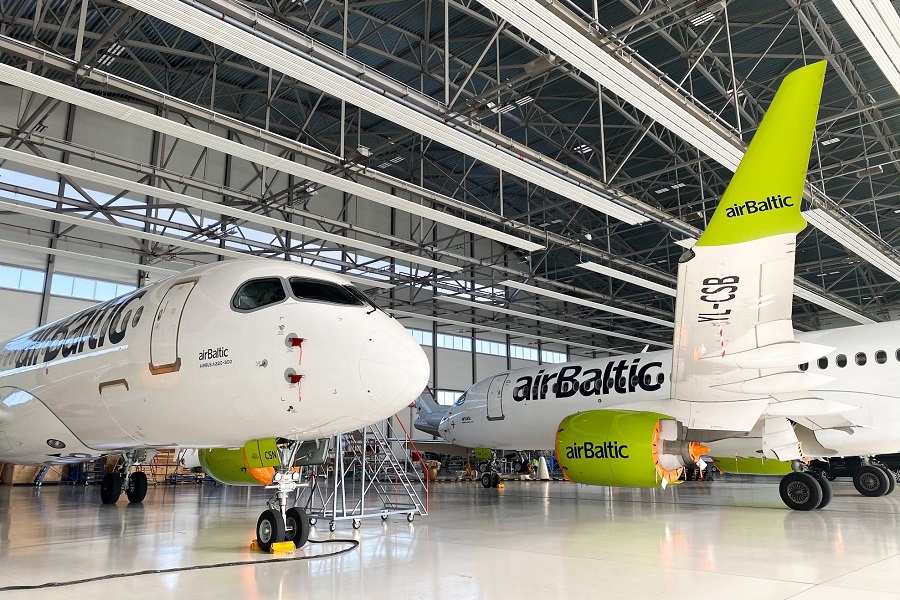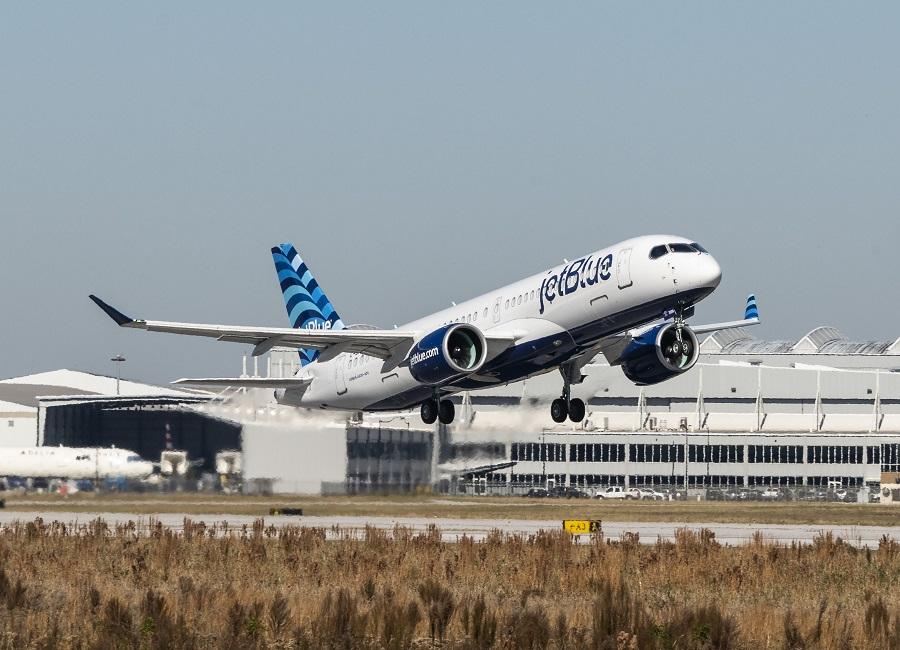The much-celebrated efficiency of the A220 makes it profitable for its airline customers, but Airbus still finds it too expensive to make! And now they’re doing something about it.
Airbus is putting a supply chain company expert in charge of the A220 programme, in order to make it profitable to make. Benoit Schultz will take up this new role from September. He is currently a senior vice president in the Airbus procurement office. In plain English, he is in charge of the Airbus department that oversees suppliers for the entire group! He will succeed Philippe Balducchi, who got in charge of the CSeries at the time of its ‘transformation’ into the A220.

So, what does this actually mean? In simple terms, it means that Airbus has inherited the good and the bad, with the CSeries/A220. On the one hand, they got a very efficient, up-to-date and highly desirable aircraft, that airlines really want. But this was also the plane that Bombardier struggled so much to design and put together. The struggles they had then, are still part of why the A220 is still not profitable enough for Airbus.
In a recent article, we saw that COMAC’s C919 doesn’t benefit substantially from cheaper labour. This is because around 85% of an aircraft’s cost is in supplier-furnished components. So lower labour costs could save a bit, in the remaining 15%… and no more. In the case of the Airbus A220, for the plane to be profitable, it must get parts from suppliers at the right price. An Airbus price…

Making the Airbus A220 More Profitable
According to Reuters, Airbus have been looking for cuts of 20% from suppliers of major A220 components, in a drive to make the jet more profitable. They have already succeeded in the case of major suppliers like Raytheon Technologies, and Spirit Aero Systems.
Raytheon directly supplies a lot of the avionics of the aircraft. Raytheon also owns Pratt & Whitney, exclusive supplier of the A220’s GTF engines. Spirit makes the engine pylons, wing-to-fuselage fairings, the aft fairing package of the aircraft and various systems. However, Airbus has not been able to make the A220 more profitable in the case of many other parts and subsystems.

The manufacturer now has to decide if they should continue negotiations with other partners. Alternatively, they could overhaul the supply chain, or even redesign parts of the aircraft. However this would require investment and time.
Profitable or not, the Canadian-designed A220 numbers more net orders this year than any ‘European’ Airbus model! This suggests that the manufacturer could decide to invest on some changes. However the timing of the pandemic limits available funds for such a project.

All of this is another example of how brutally important scale can be, in the aviation world. The likes of Embraer, Bombardier and even Mitsubishi (for the troubled MRJ) don’t have as easy a time getting agreements with suppliers, as Airbus and Boeing do.
People recognize that marketing (i.e. a big name) can help sell planes. But we often forget that the same applies on the supply side as well!



